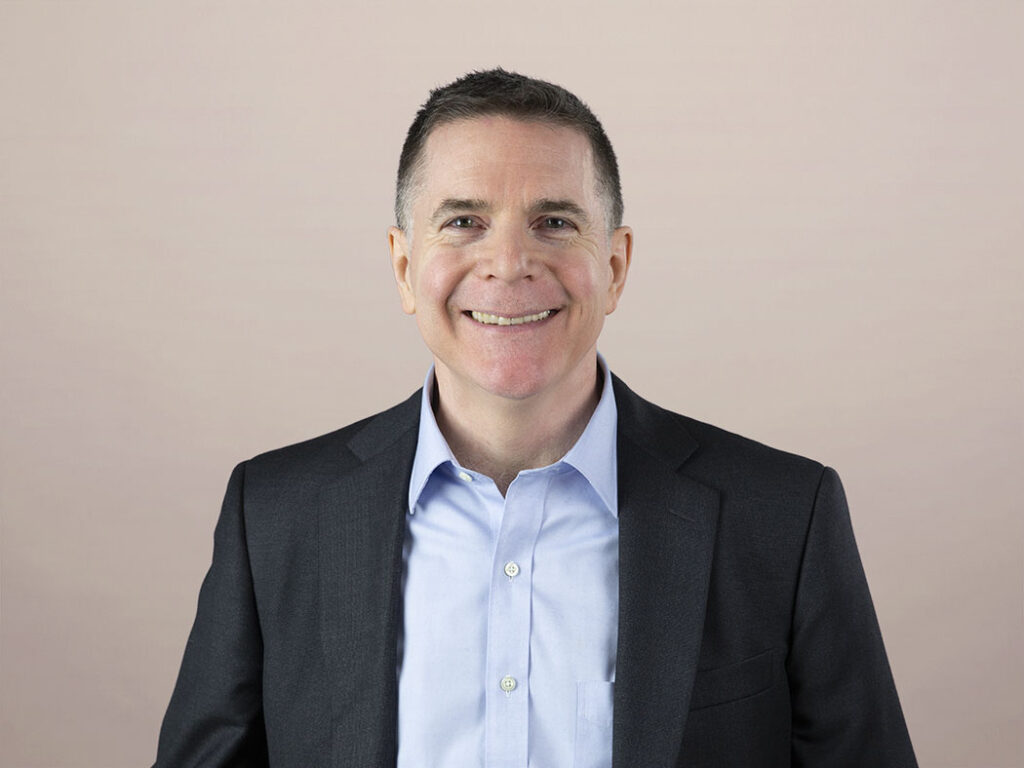Forrester’s 2025 Enterprise Architecture Award Winner And Finalists For North America
Each year, Forrester’s Enterprise Architecture Award recognizes organizations that exemplify outcome-driven architecture — practices that deliver measurable business value through strategic alignment, innovation, and governance. The 2025 North America submissions raised the bar once again, showcasing how architecture teams are driving transformation across industries.
This year’s winner, Takeda Pharmaceuticals, impressed judges with its proprietary Business Architecture Framework (BAF), deep integration of generative AI (genAI), and measurable impact on operational efficiency and patient outcomes. Finalists Manulife and Verizon demonstrated excellence in federated governance, platform modernization, and architecture-led innovation at scale. All three organizations exemplify the six foundational priorities of high-performing enterprise architecture (EA): valuable, influential, agile, accountable, innovative, and collaborative.
This year’s submissions demonstrated how enterprise architecture is evolving into a strategic enabler of innovation, resilience, and business transformation. The judging panel, composed of Forrester analysts and experts from The Open Group, evaluated entries based on outcome-driven architecture principles, measurable impact, and alignment with Forrester’s six foundational priorities.
Winner: Takeda Pharmaceuticals
Takeda Pharmaceuticals’ submission distinguished itself through its alignment with the Forrester EA Award’s focus on quantified enterprise architecture value, with specific metrics and strong line of sight from EA activities to real business value (risk reduction, cost efficiency, customer experience, and revenue).
Takeda has advanced EA excellence with its Business Architecture Framework (BAF) 10-step approach that blends established methodologies like TOGAF and ArchiMate with innovation management and agile delivery. Now integral to Takeda’s operating model, BAF serves as the foundation for transformative efforts spanning R&D, manufacturing, and quality.
- Architecting transformation through BAF. By applying BAF to strategic initiatives, including streamlining processes in areas such as vaccine batch release and technology transfer, Takeda has empowered its teams to move efficiently from “as is” to “to be” operational states. This capability has accelerated digital product delivery, strengthened data-driven decision-making, and ultimately improved patient outcomes throughout the organization. For example, EA involvement in Takeda’s vaccine development is credited with material reductions in development process time.
- Federated architecture embedded in delivery. Takeda’s approach to enterprise architecture leverages a federated model, embedding principal architects directly within product teams and supporting them with a global architecture council. This setup assures real-time governance, encourages the reuse of architectural components, and ensures strategic alignment with business priorities. The team maintains a dynamic inventory of business applications and technology components, with high levels of quality and transparency in architectural data management.
- Scaling genAI with governance and reuse. Takeda’s commitment to innovation is further exemplified by the launch of an enterprisewide hub for genAI. The team developed and deployed a wide array of genAI solutions — including an enterprise architecture assistant and tools for standard operating procedure (SOP) optimization. These solutions have enhanced productivity, reduced the complexity and cost of training, and reinforced Takeda’s position at the forefront of responsible, compliant AI adoption through governance frameworks and strong architectural standards.
Takeda’s EA function exemplifies how business architecture — when executed with rigor, vision, and innovation — can become a catalyst for enterprisewide transformation and continuous advancement.
Finalist: Manulife
Manulife’s Global Wealth & Asset Management (GWAM) EA team has transformed from a fragmented, ad hoc function into a federated, outcome-driven capability embedded across retail, retirement, and institutional verticals. Its architecture practice spans enterprise, business, data, platform, security, and solution domains.
- Modernization and efficiency at scale. The team migrated 300 applications to Azure Kubernetes Service (AKS), delivering 40% cost savings and 30% performance improvements. Seventy-five percent of applications are now cloud-hosted, and 49% run on SaaS/PaaS platforms. LeanIX integration achieved 96% data quality, and 100% EA attestation was completed for IT owners and architects.
- Investing in people and practice maturity. Through Project Atlas, 25 architects earned IASA’s CITA-F certification and completed a 10-week mentoring program. Manulife launched its first Architecture Academy and defined career paths across enterprise, solution, platform, and data architecture. Engagement scores rose to 4.56 out of 5, reflecting cultural transformation.
- Driving innovation through architecture. Manulife delivered a genAI-powered Wealth Advisor Assistant and a Coveo search engine with 99.6% accuracy, doubling digital engagement. Architecture-led governance enabled secure design reviews, Zero Trust workshops, and macro architectures for 21 critical business processes, which are all embedded in agile delivery cycles.
Finalist: Verizon
Verizon’s EA practice is driving a bold transformation from telecom giant to platform-based technology leader. Its modular, API-first architecture underpins strategic initiatives across wireless, broadband, and enterprise services.
- Platform-centric agility and growth. The EA team architected the “myPlan” framework, enabling rapid product launches and personalized customer experiences. For fixed wireless access (FWA), the team defined automated provisioning architecture, accelerating subscriber growth and expanding broadband reach.
- Governance and optimization at scale. The EA team decommissioned over 150 obsolete applications, reduced overlapping capabilities by 10%, and is targeting 35% consolidation. Verizon achieved TMForum ODA compliance and launched the Well Architected Scorecard Tool (WAST), enabling real-time architecture compliance tracking across build, deploy, and runtime phases.
- GenAI-powered productivity and enablement. Verizon developed a genAI-powered SDLC platform that automates design, coding, and testing stages. Its Knowledge-as-a-Service (KaaS) layer supports conversational AI and nudges for customer service and engineering teams. Over 1,000 developers participated in ideathons and hackathons, accelerating AI adoption and improving time to market.
Congratulations again to Takeda Pharmaceuticals, Manulife, and Verizon for their outstanding achievements in enterprise architecture. Their work exemplifies how architecture can be a force multiplier for innovation, resilience, and strategic growth. We invite EA leaders and technology executives to join us at Forrester’s Technology & Innovation Summit North America (November 2–5, 2025, in Austin, Texas, and digitally) to learn more about outcome-driven EA and connect with peers shaping the future of technology strategy.
